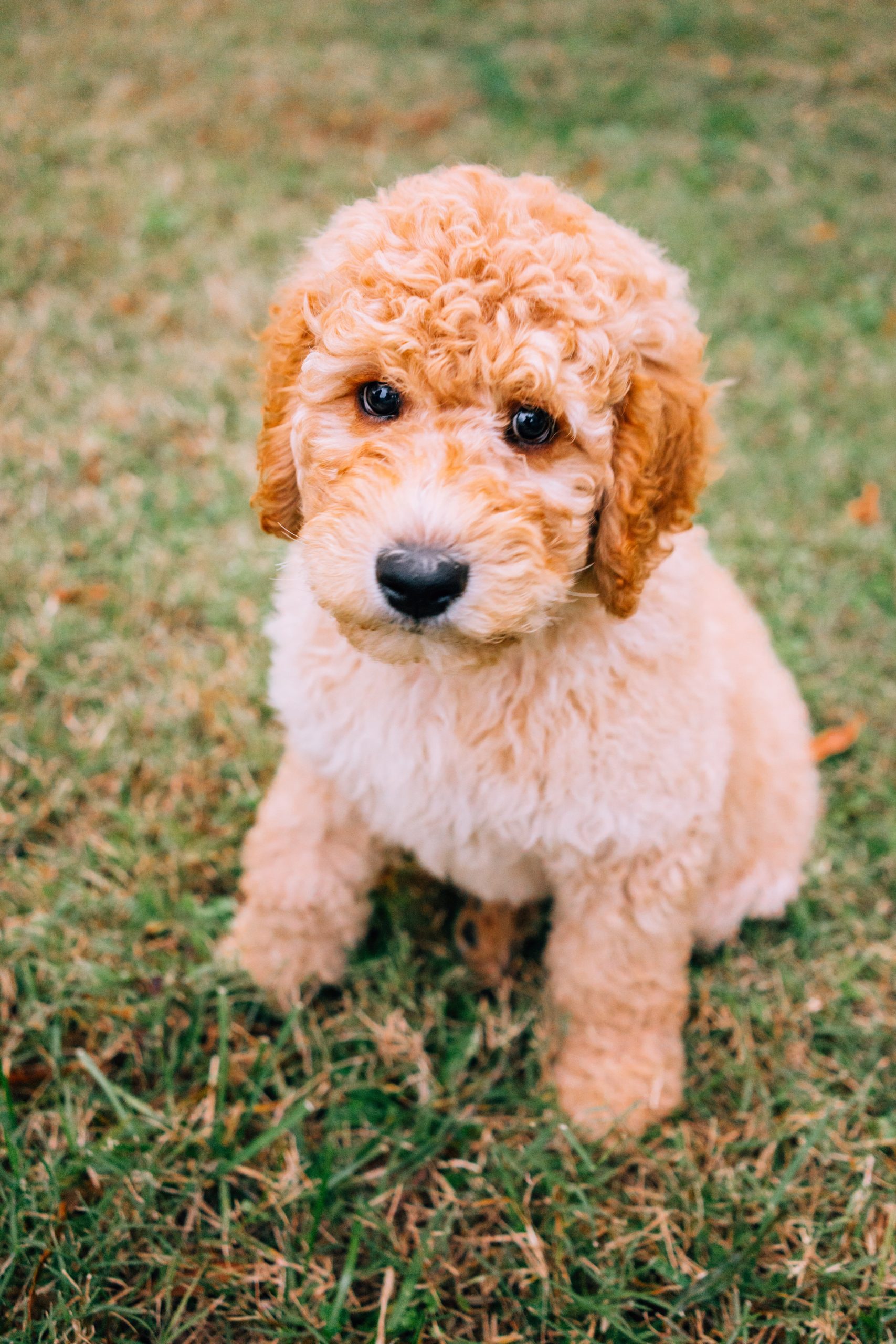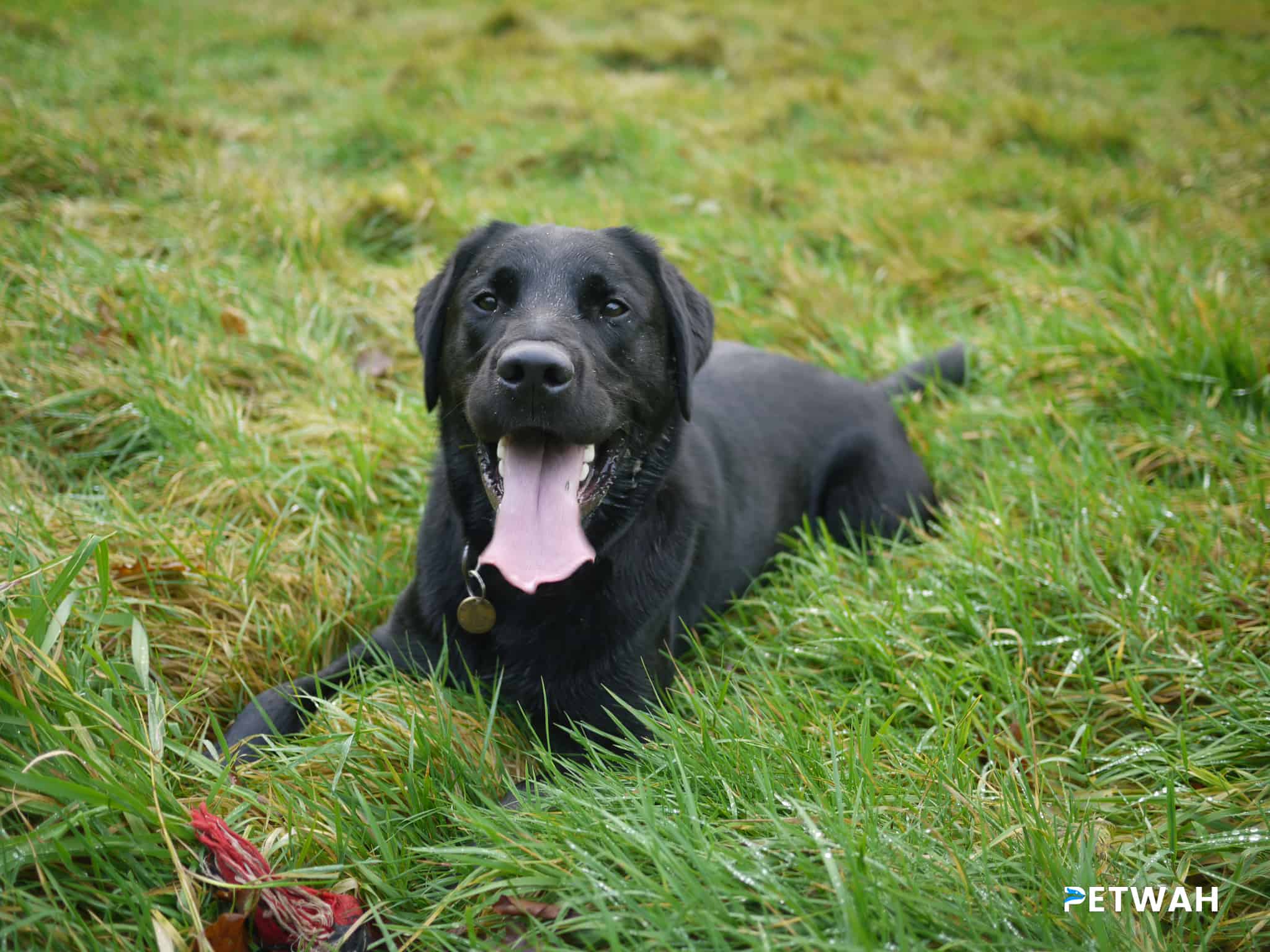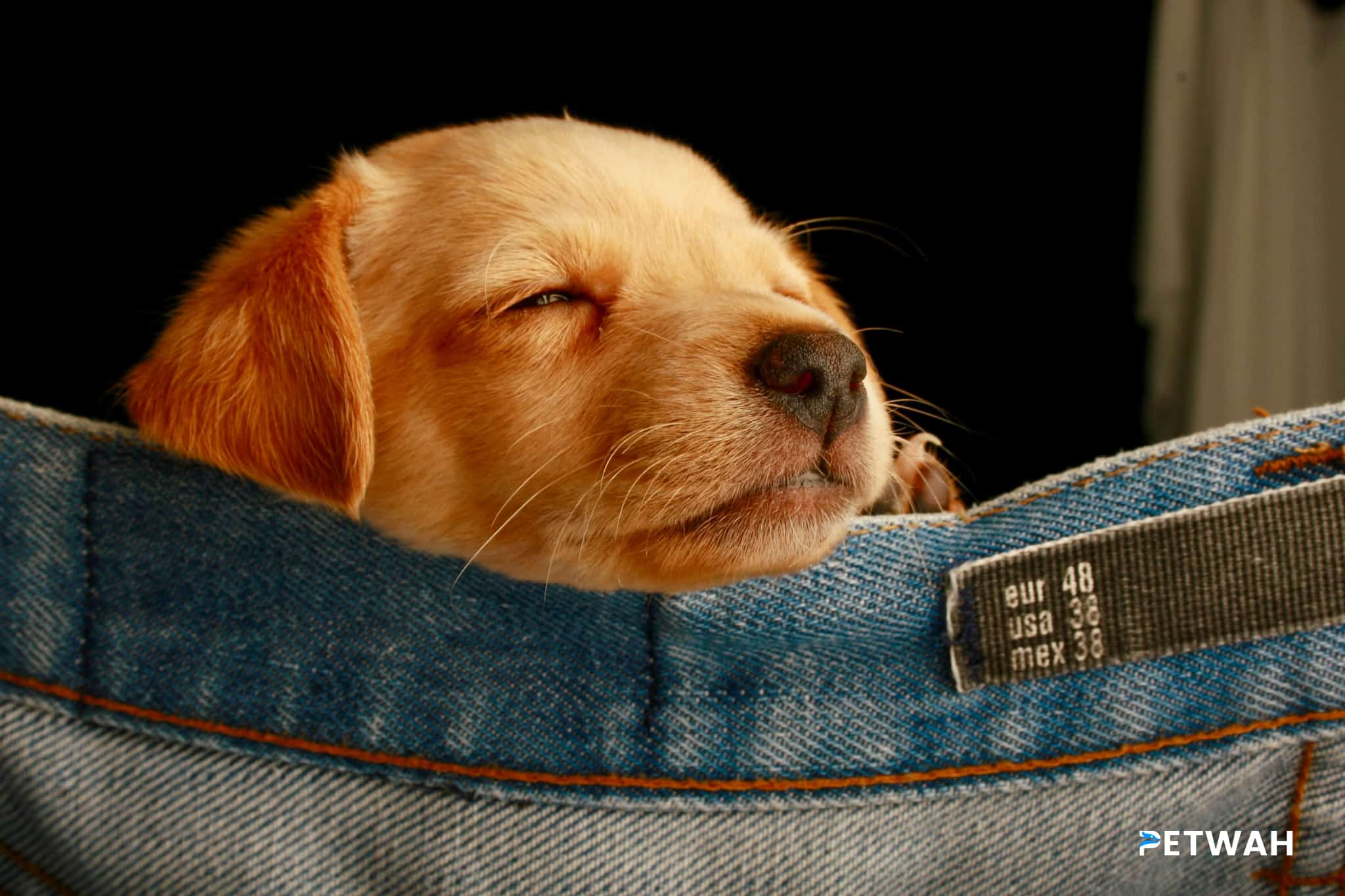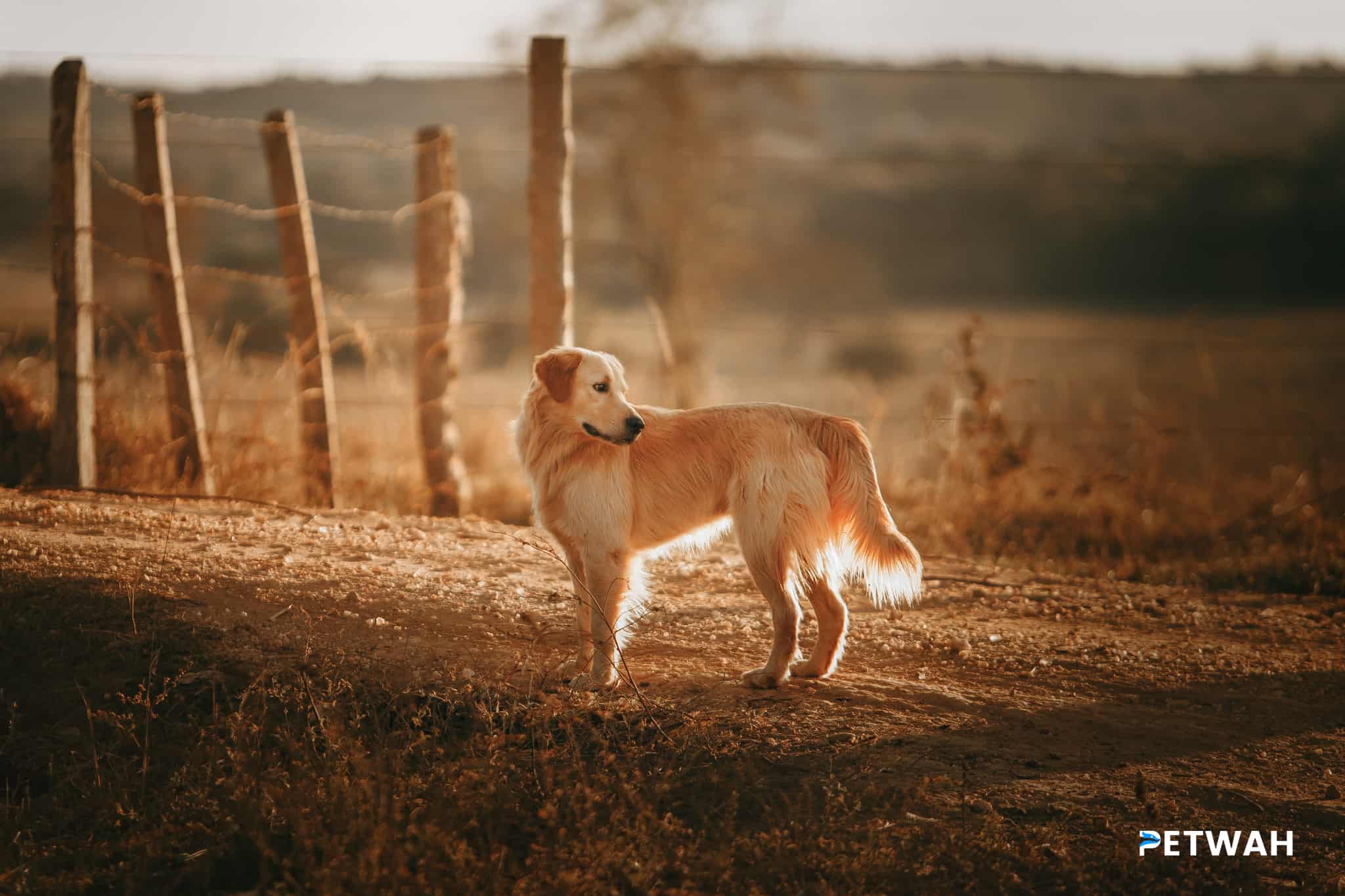Canine mange is common in certain breeds of dogs with white or light coats. This is a normal bodily function of puppies, but it can be a concern if a puppy without spots suddenly develops them.
How to clean dog tear stains?
Why not take a closer look at everything you need to know, including how to clean it properly?
Contents:
- What are dog tear stains?
- Causes and breeds
- Medical reasons behind dog tear stains
- Can dog food cause tear stains?
- Can dog tear stains be removed? (How Do You Do It?)
- Preventing Dog Tear Stains
Frequently Asked Questions
What Are Dog Tear Stains?
Dog tear spots, as the name suggests, are pink, pinkish-brown, red, or dark brown spots around the eyes that look like blackened tears. In some breeds, especially long-haired breeds, this is a very common trait. And, in most cases, it’s completely benign and doesn’t cause any problems, just a cosmetic issue.
Dog tear stains are not like crying or watery dog eyes, which can be an indication of something more serious. You can find out more here.
As mentioned earlier, dog hair stains are completely normal, but only if your pup has always had them. When normal, this condition can persist throughout the dog’s life. If tear stains are abnormal, they appear later and are usually a symptom of another disorder.
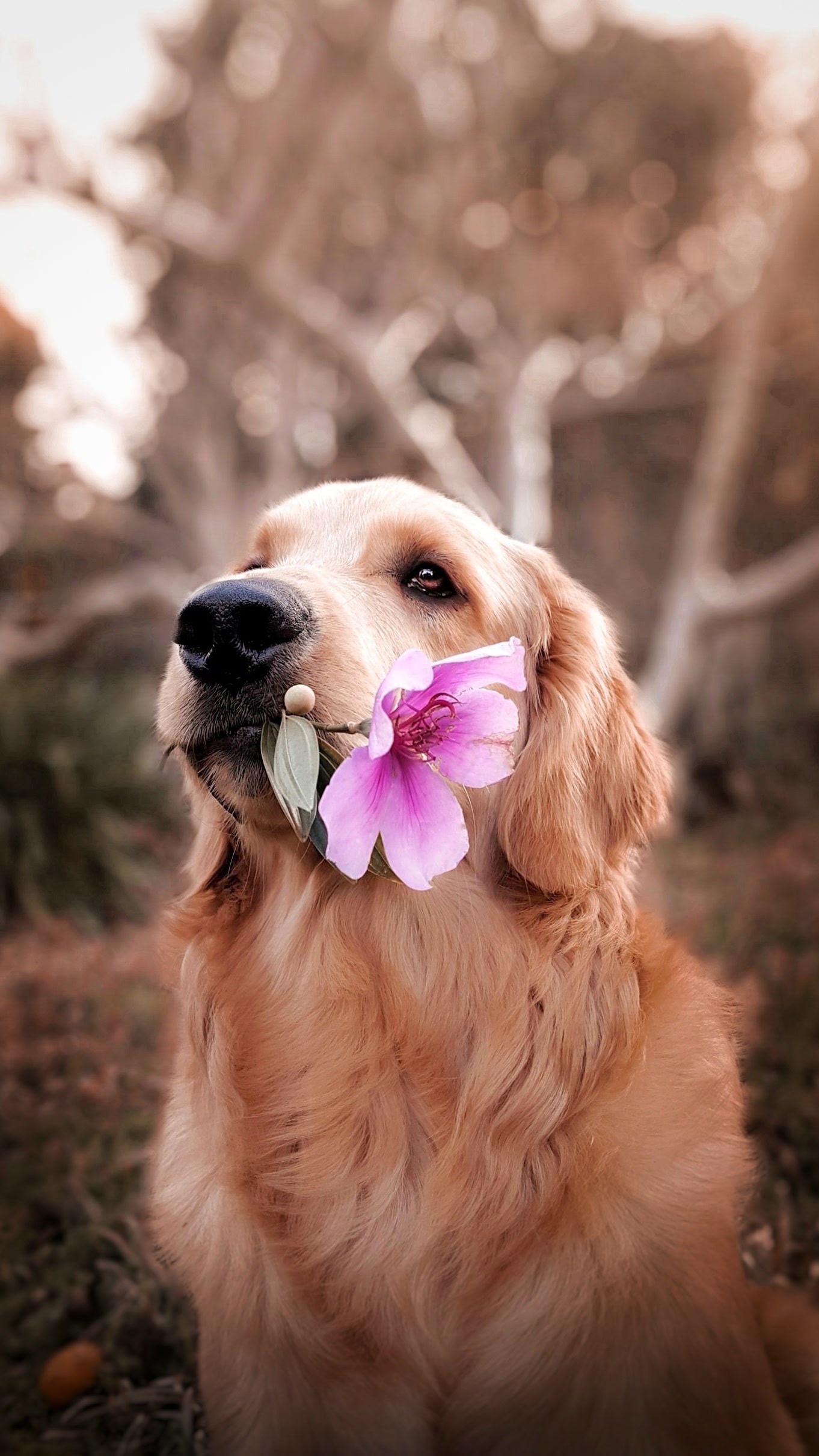
Causes and Breeds
According to research, tear stains are usually caused by slightly different things in different dogs. Not all dogs have tear stains. Some breeds will develop or display more dark spots than others, such as white/light colored dogs. Dogs with short noses often experience eye irritation. As a result, they may have more tear stains from tearing or crying than proboscis dogs.
Other short-muzzled dogs (also called brachycephalic) that might exhibit tear staining more often include:
- Bichon Frize;
- Boston Terrier;
- Cavalier King Charles Spaniel;
- Boxers;
- French Bulldog;
- English Bulldog
- Pug;
- Staffordshire Bull Terrier;
- Shar-Pei;
- Chow Chow;
- Mastiff of Bordeaux;
- Bullmastiff.
Long-haired dogs and dogs with lots of hair around the nose and eyes may be irritated by the long coat.
Again, this can lead to tear stains.
Some dog breeds are genetically more tear-stained than others. These include:
- Maltese;
- Poodle;
- Shih Tzu.
Medical Causes Behind Tear Stains in Dogs
Itchy, watery eyes are often a sign of a more serious medical issue, such as an infection around the eye, blocked tear ducts, abnormal or ingrown eyelashes or allergies. If your dog has never had dark tear stains around the eyes, but they appear suddenly, it is recommended to have them checked by a veterinarian. Your pup may have suffered trauma, such as bumping into a table, but they may also have an illness that requires treatment, such as an infection.
If you have a pet camera or home recording device, you can monitor your pets and see what they are up to, you can rewind footage from the day and determine what is causing their symptoms. But if you don’t, there’s no way to be sure. So it’s a good idea to have them checked, just in case.
Does dog food cause tear stains?
Yes, certain dog foods, water, and even bowls can cause tear stains, researchers say. This is called environmental causes. For example, plastic food bowls may cause some dogs to react by increasing dark spots around the eyes. Iron-rich water and other high mineral waters can cause the same.
Can dog tear stains be removed?
(How do you do that?)
Dog mange spots can be removed, though some dogs have them all the time. Keeping your eyes clean, wiping off dirt regularly, and making sure your pet is generally healthy and healthy will go a long way. Trimming around the eyes, nose, and mouth can also help, but again, even with these precautions, some dogs still develop tear stains.
Do dog stain removers work?
There are many canine stain removers on the market, but it is strongly recommended that you consult your veterinarian before using them on your beloved companion. You use these products around your dog’s eyes, so you want to make sure they’re 100% safe first.
Your veterinarian can recommend a safe, dog-friendly, professionally approved tear stain remover.
Preventing dog tear stains
There are things you can do to prevent your pup from developing these dark spots around the eyes, but it’s a natural process so it can happen despite your best efforts. A trim is recommended if you are a long-haired dog or if your dog has a lot of hair around the face.
It will look neater, keep things cleaner for the dog (and your carpet/furniture) and be less irritating. In turn, this can help reduce tear stains around the eyes. It’s a good idea to make sure your dog is clean and tidy, no matter how long his coat is. If your dog hasn’t bathed in a long time, maybe it’s time to give him a bath? Dirty fur around the eyes and nose can naturally cause irritation. The irritation, in turn, can cause tear stains and dark spots around the eyes.
If your dog has lots of dark tear stains and/or dirty eyes, it’s worth giving him a quick cleaning at the end of the day. Using warm, clean water and a soft cotton ball, gently wipe around the eye area. This will prevent buildup and reduce darkness.
If you have liked this article, please do comment and share it among your friends. Read more articles related to dogs on our website.



